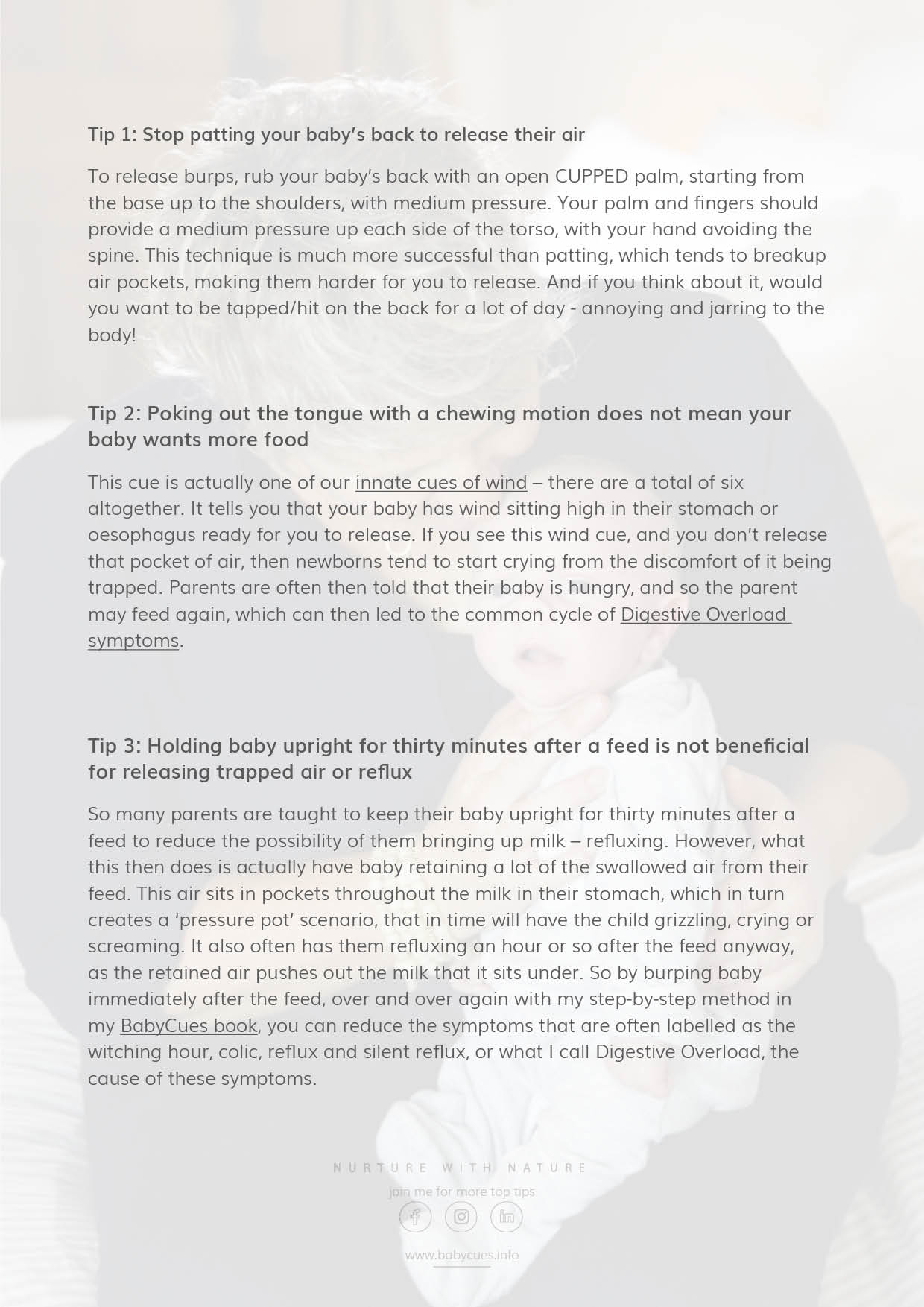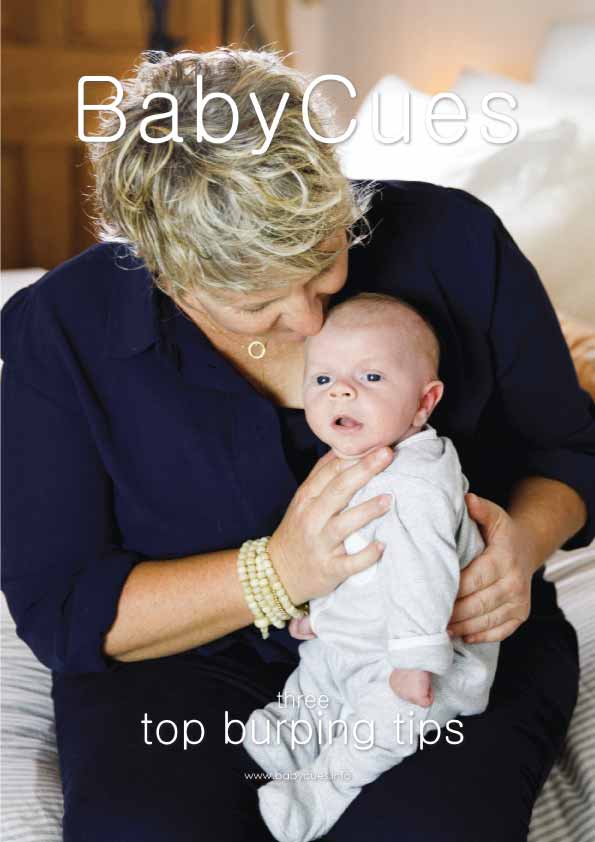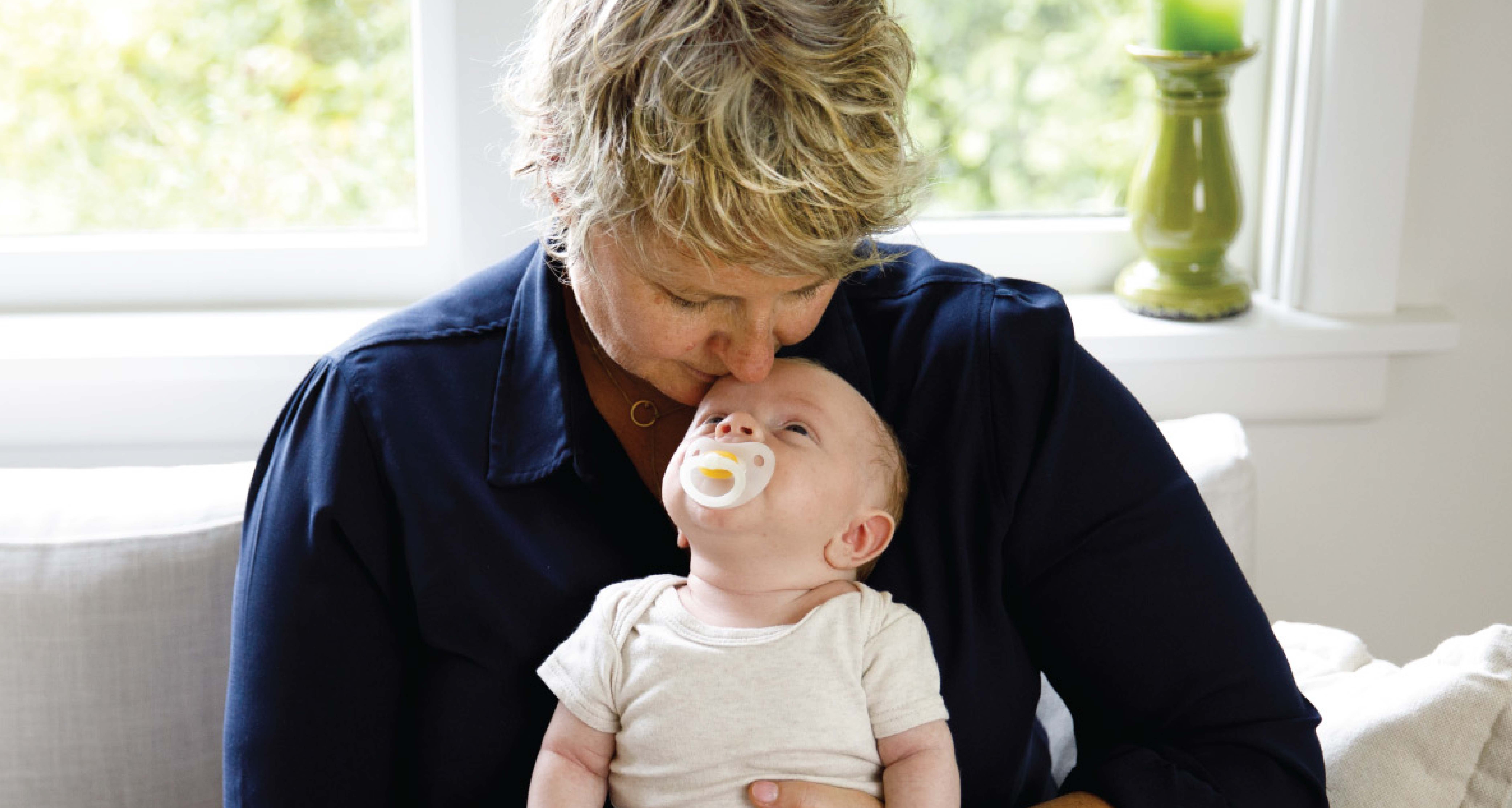Reduce reflux - how to burp baby

One of the many things I wish parents were ideally taught in great depth is how to burp their baby well. Learning to do this is just as vital as learning to feed because it can affect so much for our newborns, inclusive of being one of the number one causes of colic, reflux, silent reflux, or what I call Digestive Overload, the real cause of these symptoms.
How does air contribute to the symptoms reflux?
When babies drink milk, whether breast milk or formula, they inevitably swallow air. This air sits within the milk and naturally pushes this up the oesophagus as it gets released. However, when baby is consuming too much air whilst feeding and not burping well after feeds, then the release or amount of milk increases because the retained air naturally wants to come out. This overload, or bloating can have some newborns being diagnosed as having “reflux” and potentially being prescribed acid inhibitors despite this being, in the majority of cases, unnecessary. So, when we balance the amount of air in a baby’s digestive system back to their natural physiological levels, after every feed, then we can greatly reduce reflux and the many unhealthy pathways that may be proffered.
Keep reading after the Three Top Burping Tips advert...
3 Top Burping Tips
These three top tips may just surprise you for many parents around the world are taught to do these burping practices, but they actually hinder the release of trapped air in the stomach.


- Stimulating air release
- Recognise a wind-cue
- Beneficial positioning


WHAT'S INSIDE
- Stimulating air release
- Recognise a wind-cue
- Beneficial positioning
What is burping well?
Currently, most parents are taught that releasing one to three burps after a feed is enough, and if baby doesn’t burp after ten minutes, then they just don’t have air to release, which is entirely illogical. Again, all babies swallow air at every feed, and all babies need burped after a feed. Infact, the amount that is required after each feed, and throughout baby’s entire awake time may actually surprise you!
How many burps is healthy?
- 0-2 wks: minimum 10 burps
- 2-6 wks: 10 to 20 burps
- 6-24wks: 15 to 25
And yes, I know that you may be reading that and thinking WHAT! That’s not going to happen. I’m lucky to get one. But when you know how to burp properly, those numbers are certainly doable. But even if you are getting half those amounts through using my ten-step burping method called Nature’s Wind Sequence (NWS), you will be providing your baby great relief, stepping them toward more settled sleep, whilst significantly reducing reflux - aka Digestive Overload symptoms.
How to burp your baby?
There are three integrated actions that need to happen if you are to release healthy amounts of air from your baby's stomach before it moves on in the digestive tract and causes more discomfort. These actions entail using horizontal and vertical positions in right timing, which you define by understanding and reading your baby's full array of cues, including my original discovery of their Six-Wind-Cues.
Additionally, you'd tune into the movement of air and waste in the digestive tract through the sense of feeling, whilst also using gentle calming techniques through each cycle of release. These would also be defined by observing your baby's entire body movement so you can provide a calming method that would soothe them most in each moment. Within my ten-step method of NWS these include positions, gentle pressures in certain areas, sound bonding, and movement that doesn't break the retained air bubbles, in the stomach, into smaller air pockets, which can then be harder to release.
So, let's break that down further. The fundamental steps to releasing your baby's naturally swallowed air are:
- read and respond to your baby’s Six-Wind-Cues and bodily cues
- use positions in right timing to calm and help baby release that air, which are defined by observing their cues
- calm baby through the uncomfortable movement of air in their stomach, or in the lower digestive regions as it moves onward for release through calming techniques that are advantageous to their brain development and digestive function which you can find in my best-selling book Prevent and Remedy Colic, Reflux, Lactose and Dairy Overload Naturally.
Keep reading after the Prevent and Remedy Book advert...
Symptoms from not burping well
- Refluxing
- Pedalling legs
- Arching backwards
- Bopping on and off the breast and tugging at the bottle teat
- Gulping during feeding
- Not wanting to lay down for long
- Increased need to suck from the discomfort, often mis-read and taught as a hunger cue only, thus overfeeding occurs
- Frothy bowel motions
- Constipation or explosive bowel motions
- A copious amount of farts or trumping
- Distended stomach
- Hard stomach
- Crying, screaming
- Unsettled sleep
So, if your baby has any of these symptoms, and you are struggling to release burps then I suggest you either join me for my Burping and Gas Masterclass where you can watch me burp a baby for almost an hour using my ten-step method of NWS and balance all the other causes of excess air intake like overfeeding, diet, possible tongue/lip tie and more. Or, if you’d like a more guided approach, then of course I am always available for 1:1 consultation.
Either way, please do know that burping your baby well is absolutely essential in creating digestive harmony, reducing reflux and nurturing the calmer times that you wish for, for them.



 Submitting data
Submitting data
